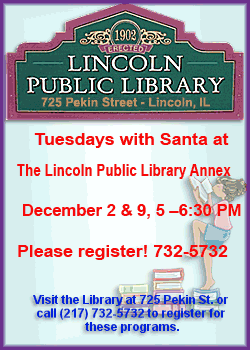|
 Review by Review by
Louella Moreland
Jason had to miss a social studies class to go to the dentist. That is
the reason he ended up with Alexander Fleming as the scientist for his
research report. No one else wanted Fleming as a subject because no one knew
anything about him. So begins James Cross Giblin's "Did Fleming Rescue
Churchill? A Research Puzzle."
This dilemma has been a common one among school students. Giblin not only
serves up a humorous, believable tale about Jason's homework assignment, he
gives students a much-needed caution about using the Internet as a tool when
researching.
Of course, Jason's first thought is to turn to an Internet search engine
as his beginning point since he has never heard of Alexander Fleming. His
teacher suggests that he start with biographies and encyclopedias and
cautions him that some Internet materials cannot be relied on for accurate
or even true information.

Jason follows his teacher's advice, but can find little to base his
report on besides the dull facts concerning Fleming's life. After taking
notes on his birth, death and his reason for even being an important
historical figure, Jason realizes his research paper will be pretty dull
unless he finds an interesting story connected with Fleming to spice up his
report.
Consulting with his teacher once again about how to use Internet sources,
Jason turns to the Internet to finish his project. There he does find a very
interesting story about Winston Churchill, when he was boy, being rescued
from a bog by a farmer named Alexander. However, at the end of the article
is an endnote saying that the story may not be a true one. As Jason searches
further he finds two other similar stories, but with different details. Each
one includes that the story cannot be confirmed.
[to top of second column] |

Now Jason is faced with knowing that the Internet stories may not
be fact but wondering if they can somehow be used in his research
paper, which needs some spicing up and added length. How Jason
resolves his conflict is a creative one. He is unsure whether his
teacher will like it or disapprove.
Sandwiched in with the story is a lot of homework ethics: factual
information versus fiction, research, sources, confirming sources,
time management, and consultation with the teacher. Jason modeled
good choices for each. All of the experience wraps up neatly in the
end.
The main sticking point is that few Internet sources contain
warnings that the information they contain may not be factual. This
is the area where parents and teachers need to be extra vigilant in
teaching students that many myths are circulating out there on the
Web that sound plausible, but are not based on substantiated facts.
Sometimes it is hard to tell good Internet sites from bogus ones.
The story does bring the problem to the attention of an audience
that needs to hear the message. For that we commend Giblin for
tackling the issue and for including research tips and sources at
the back of the book.
To read this book or learn about many ways to research besides
the Internet, come see us at the Youth Services Department in the
Lincoln Public Library Annex, 725 Pekin St.
[Text from file received from
Louella Moreland,
Lincoln Public Library District]
 |